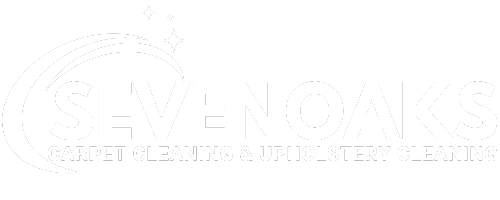A Complete Guide to Leather Sofa Cleaning, Conditioning, and Protection
A leather sofa is more than just furniture—it’s an investment in comfort, style, and durability. Its timeless appeal and luxurious feel make it a centerpiece in many homes. However, without proper care, leather can lose its shine, dry out, or even crack over time. Everyday use, exposure to sunlight, and accidental spills all contribute to wear and tear. To maintain both its beauty and longevity, you need more than the occasional wipe-down. That’s why learning the right techniques for cleaning, conditioning, and protecting leather is essential for every homeowner.
1. Understanding Leather Types
Before cleaning, it’s important to identify the type of leather your sofa is made from. Aniline, semi-aniline, and pigmented leathers all require different treatments. For instance, delicate aniline leather should never be exposed to harsh cleaners, while pigmented leather is more durable and forgiving.
2. Regular Cleaning Practices
Dust and dirt particles can scratch the surface of leather if left unchecked. A weekly wipe with a soft, dry cloth helps maintain its appearance. For deeper cleaning, use a damp cloth with a small amount of mild soap, but avoid oversaturating, as excess moisture can damage the material.
3. Tackling Stains and Spills
Quick action is key when dealing with spills on leather. Always blot—never rub—using a clean, dry cloth. For oil-based stains, sprinkle talcum powder or cornstarch to absorb excess oils before wiping gently. Avoid household detergents or alcohol-based cleaners, as they can strip away the finish.
4. Conditioning for Longevity
Leather needs moisture to stay supple and crack-free. Applying a leather conditioner every 6–12 months helps replenish natural oils, keeping the surface soft and preventing brittleness. Choose conditioners specifically designed for leather furniture to ensure they nourish without leaving sticky residues.
5. Protection Against Sunlight and Heat
Direct sunlight and heat sources like radiators can dry out and fade leather. Position your sofa away from windows or use blinds and curtains to reduce UV exposure. Protective sprays can also provide an extra shield against environmental damage.
6. Preventive Care and Maintenance Habits
Simple habits can go a long way in extending the life of your sofa. Avoid placing sharp objects or wearing clothing with metal rivets when sitting down, as these can scratch the leather. Regularly rotate cushions and seating spots to distribute wear evenly.
7. When to Call Professionals
Despite best efforts, leather may require professional attention over time. Experts can deep clean, restore color, and apply protective finishes that are not achievable with DIY methods. Professional cleaning not only revitalises your sofa but also prolongs its lifespan significantly.
Professional Leather Care You Can Trust
While regular maintenance can help preserve your leather sofa, nothing compares to the expertise of professionals. With more than 25
years of experience, Sevenoaks Carpet Cleaning & Upholstery Cleaning
has become a trusted name for carpet, upholstery, rug, curtain, mattress, and
leather sofa cleaning across Sevenoaks, United Kingdom. Our dedicated team uses advanced cleaning methods and eco-friendly products to restore and protect leather furniture, keeping it soft, vibrant, and long-lasting. For care that goes beyond surface cleaning, trust Sevenoaks Carpet Cleaning & Upholstery Cleaning to maintain the elegance and durability of your leather sofa for years to come.



